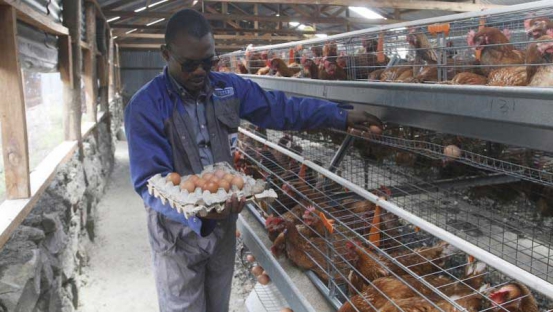×
The Standard e-Paper
Home To Bold Columnists

Three years ago, Simon Kisulu, a mechanic in Nairobi ventured into poultry farming just to test the waters. Armed with 200 broilers, Kisulu stepped into a farm whose owner, had abandoned it.
Eight months later, Kisulu was doing so well that the farm owner kicked him out of his land. This did not dampen his resolve.